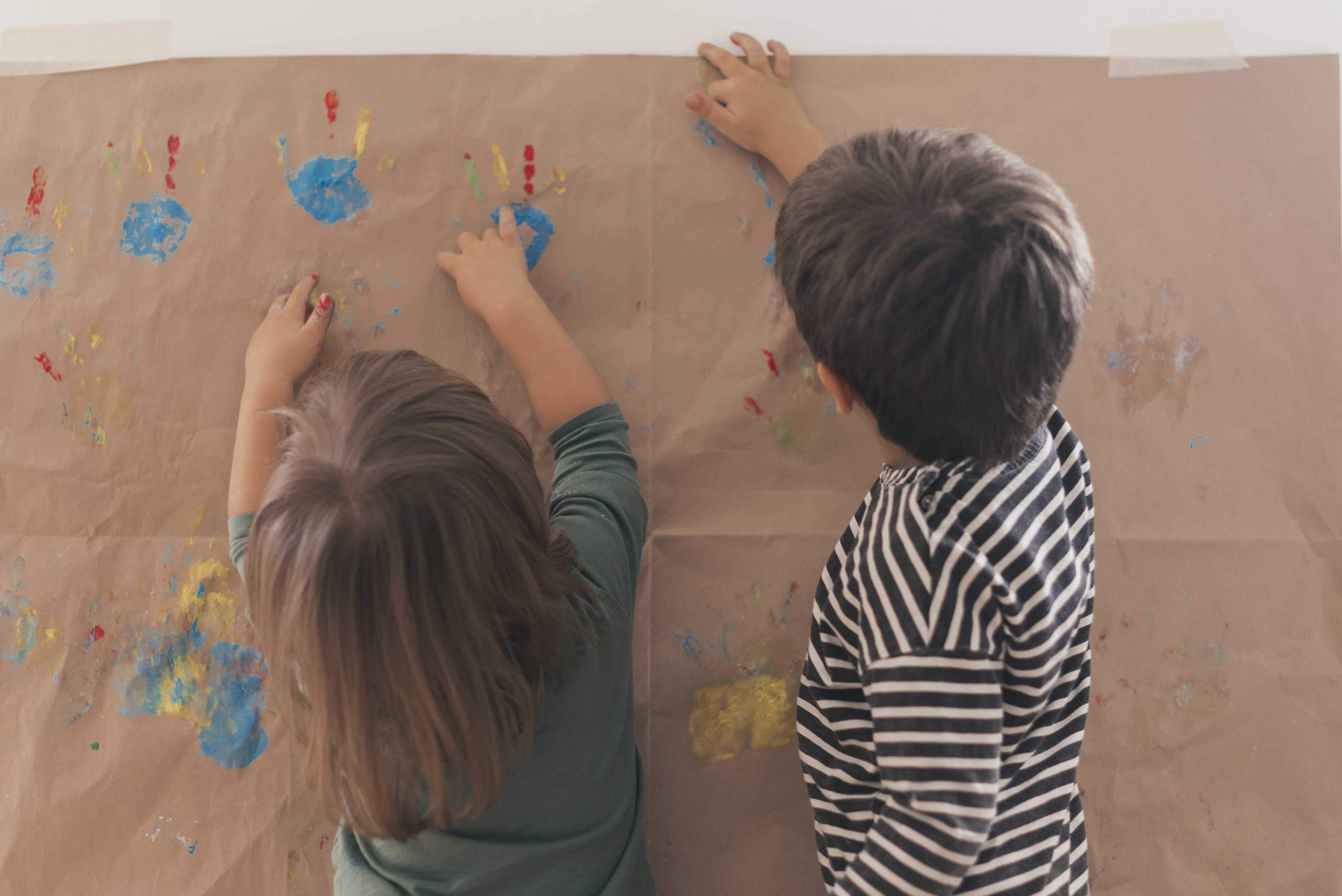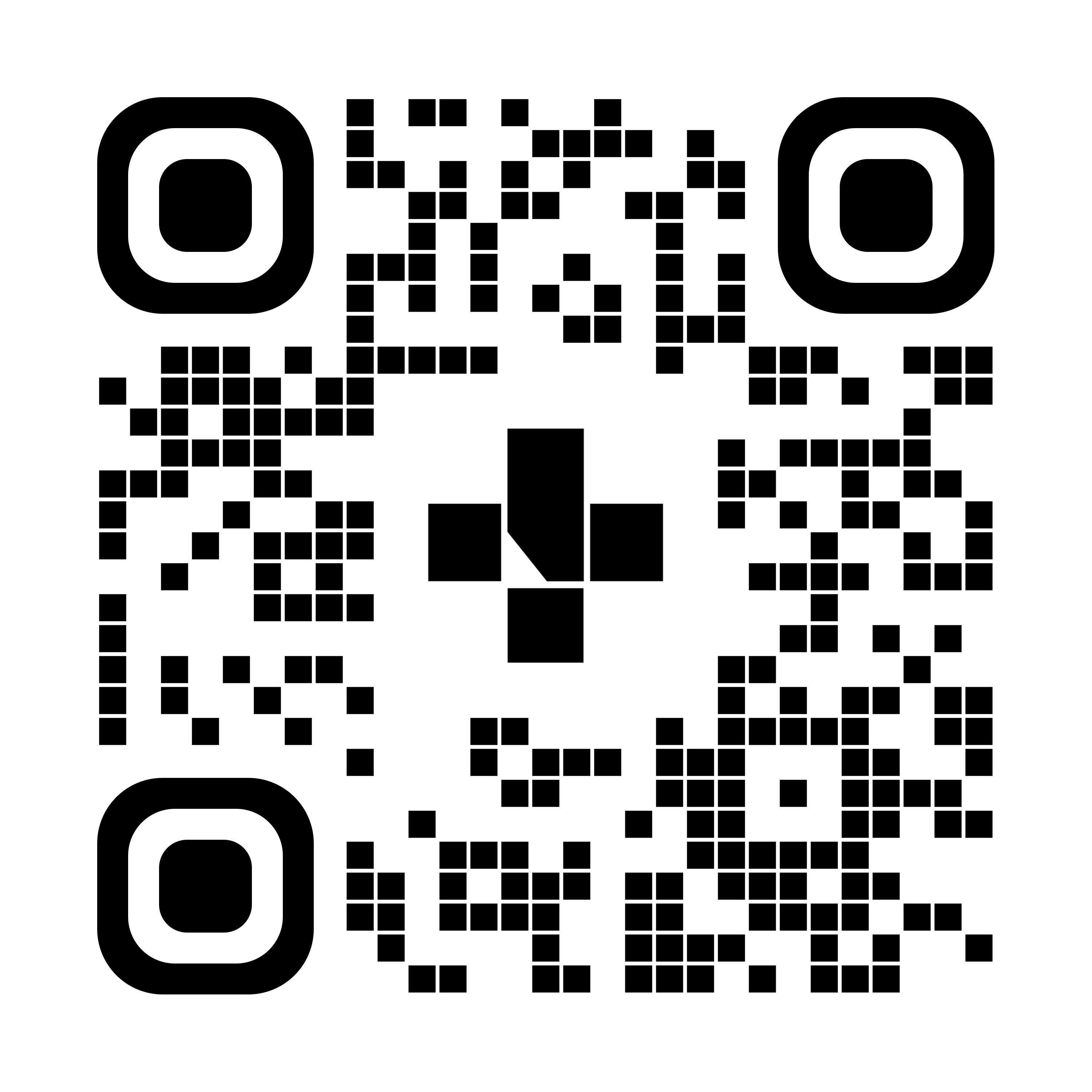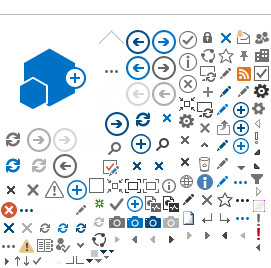Fine Motor Development
4 years

Photo credit: Freepik.com
At this stage, you’ll see a lot of growth in your child’s fine motor skills. As a result, they’re more independent with daily living skills and show interest in helping around the home. They’re more focused as they play with smaller objects and toys.
Your 4-year-old
Your child may sit at a table more for fine motor play and activities. When they’re sitting, make sure their feet are supported. At the table, they can focus on activities like colouring, cutting, building with Lego, and messy play to build their fine motor skills. Your child’s artwork is becoming more recognizable as they learn to draw pictures and simple shapes, like a circle, a plus sign, or a square. They’re learning to follow a line to cut out simple shapes with scissors. Your child may show a clear preference for 1 hand to be the “doing” hand at this age. When trying new activities, they might still switch and explore which hand feels best. Your child is becoming more precise with their movements to hold and use a variety of objects. At this stage, your child is learning to put shoes on the correct feet, do up small fasteners, and use a knife.
Everyday play and practice
Encourage your child to play at upright surfaces, like walls or easels, or at a chest-height table. This type of play strengthens their arm and hand muscles. It also helps their hand to naturally move into a more refined grasp to hold small objects. Upright play helps them understand directions, like up, down, and across. They can play with magnets, fingerpaint, or pin pictures on a string with clothespins. To encourage your child to use their fingertips for precise movements, try:
- small building or construction toys
- small dolls and action figures
- simple puzzles
- giving them snacks stored in easy to open containers, or store small toys in a zip bags or coin purses
Practice daily living skills:
- Your child can eat with a spoon and fork, and drink from an open cup. Let them try to spread jam with a butter knife.
- Your child can take off and put on most clothes, undo a zipper, and open and close Velcro fasteners on shoes. They’ll need help with tight or bulky clothing, like swimsuits, tights, and snowpants. Your child may need help to get shoes on the correct feet, tie laces, and do up small fasteners. Let them practice using zippers and buttons.
- Continue to let them wash their hands and face, and to brush their teeth and hair. They’ll still need help and supervision for most grooming activities.
- If they show interest, your child can help with many everyday activities, like baking and cooking, helping in the yard or garden, folding laundry, or caring for pets.
Help build your child’s fine motor skills
Think about:
- What creative play they’re interested in.
- The best time they can learn or practice zippers and buttons.
- What everyday activities they’re interested in, inside or outside the home.
Be safe
- Keep your child safe as they gain confidence and learn to do more on their own.
- Make sure toys and objects are made with safe materials and can be cleaned, washed, or wiped.
When to call for help?
Your child may need more support if they’ve had lots of practice and still:
- don’t hold and handle objects with just their fingers
- can’t dress by themselves
- don’t use a spoon and fork to eat
- can’t form circles or simple shapes
For more information or help with fine motor struggles, contact:
- Health Link at 811
- An occupational therapist at your local pediatric community rehabilitation service
- Your doctor, public health nurse, or other healthcare provider
Resources
To see this information online and learn more, visit MyHealth.Alberta.ca/health/aftercareinformation/pages/conditions.aspx?hwid=custom.ab_fine_motor_dev_4_years_inst.

For 24/7 nurse advice and general health information call Health Link at 811.
Current as of: August 19, 2025
Author: Pediatric Rehabilitation Services, Alberta Health Services
This material is not a substitute for the advice of a qualified health professional. This material is intended for general information only and is provided on an "as is", "where is" basis. Although reasonable efforts were made to confirm the accuracy of the information, Alberta Health Services does not make any representation or warranty, express, implied or statutory, as to the accuracy, reliability, completeness, applicability or fitness for a particular purpose of such information. Alberta Health Services expressly disclaims all liability for the use of these materials, and for any claims, actions, demands or suits arising from such use.
